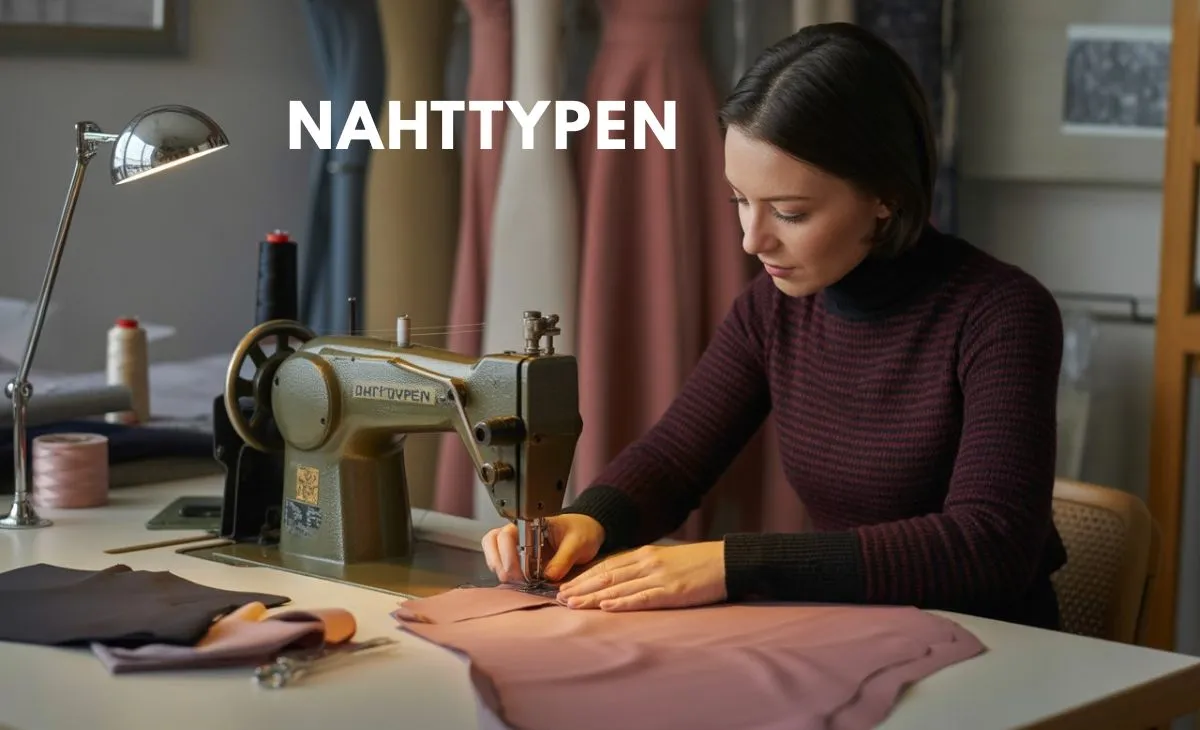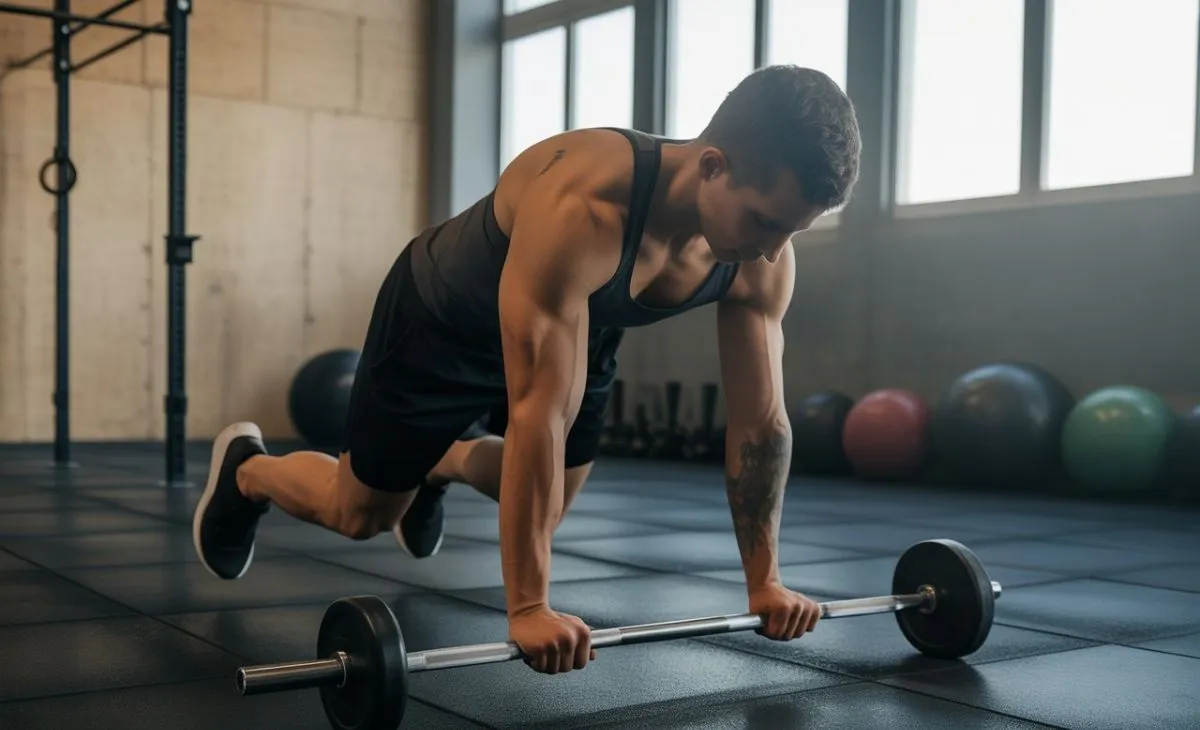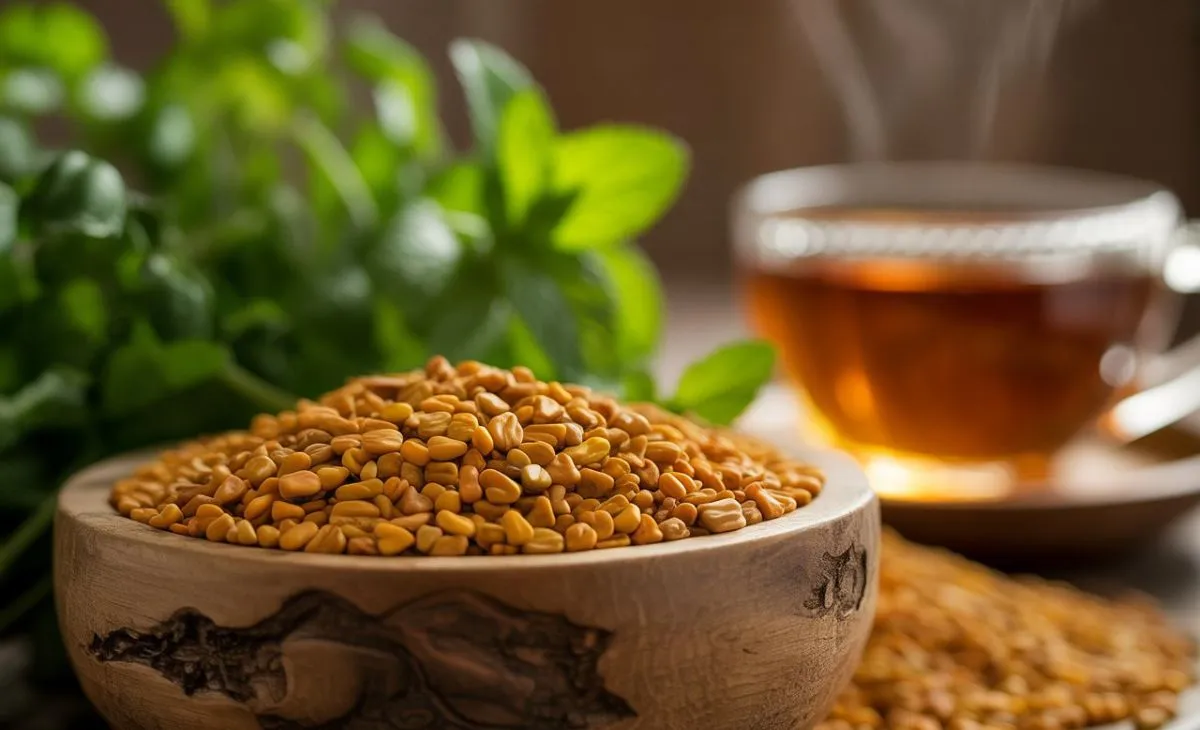In the world of textiles and garment design, every detail matters. From fabric choice to color coordination, each decision plays a crucial role in defining the quality of the final piece. But one element that often goes unnoticed — yet carries immense importance — is the seam. In technical terms, these seams are often categorized under the German term nahttypen, meaning “types of seams.”
Whether you’re a fashion designer, tailor, or sewing enthusiast, understanding these seam types can elevate your craftsmanship and make your creations more durable, comfortable, and visually appealing.
What Are Nahttypen?
The word nahttypen refers to the various styles and constructions of seams used in sewing and garment manufacturing. A seam is the line where two or more layers of fabric are joined together, and depending on its function, the type of seam can vary widely.
Seams don’t just hold pieces together — they shape garments, influence comfort, and add aesthetic details. By mastering different seam types, designers can control how fabric behaves, stretches, or drapes.
In professional tailoring, knowing which seam to use in each situation is as critical as the choice of fabric itself.
The Importance of Choosing the Right Seam Type
Every seam has a purpose. Some are meant to be strong and secure, while others focus on flexibility, smoothness, or decorative appeal. Using the wrong seam type can lead to several problems such as puckering, fabric tearing, or discomfort during wear.
Choosing the correct seam depends on:
- Fabric type (woven, knit, lightweight, or heavy)
- Garment function (formal wear, activewear, or outerwear)
- Desired appearance (visible, hidden, or decorative seams)
For instance, a flat-felled seam may be ideal for jeans because it’s strong and clean, while a French seam suits delicate fabrics like silk due to its smooth finish.
Common Types of Seams (Nahttypen) in Fashion Design
Let’s explore some of the most common and useful seam types that every designer or hobbyist should know:
1. Plain Seam
The most common and fundamental seam is this one. Stitching two cloth edges together is what it entails. It’s simple, neat, and ideal for most garments. Often, additional finishing like zigzag stitching is applied to prevent fraying.
2. French Seam
Used mostly for fine fabrics, the French seam hides raw edges within the seam itself, giving a polished, professional finish. It’s perfect for blouses, dresses, and lingerie.
3. Flat-Felled Seam
This type of seam is strong and durable, commonly used in denim and workwear. The raw edges are enclosed, preventing unraveling and creating a clean outer appearance.
4. Lapped Seam
In a lapped seam, one fabric edge overlaps the other and is stitched down. It’s excellent for sportswear or decorative topstitching.
5. Bound Seam
A bound seam uses fabric binding to cover raw edges, offering both strength and a stylish look. It’s often used in unlined jackets or tailored garments.
These examples demonstrate how varied nahttypen can be and how each contributes uniquely to the structure and aesthetics of a garment.
Functional vs. Decorative Seam Types
Not all seams serve the same purpose.In general, we can classify them into two groups:
- Functional seams: Designed for durability and structure. Examples include flat-felled and plain seams.
- Decorative seams: Used to enhance visual appeal — such as piped or topstitched seams that add a touch of creativity.
Many designers combine both, using decorative seams strategically on collars, sleeves, or hems to add character while maintaining functionality.
How Seams Influence Fit and Comfort
Seams do more than just hold fabric together — they help shape the garment to fit the human body. Curved seams allow movement, while flat seams reduce irritation in activewear. Seam placement can highlight or soften body lines, depending on the desired effect.
High-end fashion brands pay special attention to seam construction because even small adjustments can transform the way clothing feels when worn. Seam allowance, stitch type, and tension all work together to create that “perfect fit” consumers love.
Modern Innovations in Nahttypen
As textile technology advances, so does seam construction. Modern sewing machines and bonding techniques have introduced new possibilities beyond traditional stitching.
Some examples include:
- Welded or bonded seams that use heat or adhesives instead of thread, ideal for waterproof garments.
- Seamless knitting technologies, eliminating seams altogether for comfort and flexibility.
- Laser-cut seams, providing precision and reducing bulk in technical sportswear.
These innovations show that nahttypen aren’t static — they evolve as fashion meets technology.
Sustainability and Seam Construction
Sustainability is transforming every part of the fashion industry, and seam design is no exception. Eco-conscious designers are rethinking how seams can reduce waste and improve recyclability.
For example:
- Using biodegradable threads for easy garment recycling.
- Minimizing unnecessary seams to save fabric.
- Applying modular seam construction to allow repair instead of replacement.
A well-planned seam can extend the life of a garment, aligning with the growing demand for sustainable fashion.
Case Study: Reinventing Workwear through Smart Seam Design
A small European clothing brand recently redesigned its workwear collection using advanced seam construction techniques. Instead of relying on thick thread-based seams, they introduced welded joints and reinforced stress points with flat-felled stitching.
The result?
- 30% more durability.
- 15% lighter garments.
- Improved wearer comfort due to reduced seam bulk.
By rethinking nahttypen, they achieved both functionality and fashion-forward innovation — proving that even the smallest design element can create big results.
Tips for Choosing the Right Seam
If you’re working on your next project, here are some quick tips to make the best seam choices:
- Test different seams on fabric scraps first.
- Always match seam type to fabric weight.
- Consider seam allowance carefully for clean finishing.
- For beginners, start with simple seams and progress gradually.
- Use decorative seams strategically — less is often more.
Mastering seam selection gives your garments a professional finish that stands out.
The Future of Seam Design
As automation, 3D printing, and digital fashion design continue to evolve, so will seam construction methods. In virtual design software, designers can now simulate seam strength, tension, and drape before even touching fabric.
The combination of craftsmanship and technology ensures that nahttypen will remain an essential and ever-evolving part of the fashion landscape for generations to come.
Conclusion
Seams might seem like small details, but they are the backbone of every piece of clothing we wear. Understanding different nahttypen empowers designers to create garments that not only look beautiful but also stand the test of time.
From traditional stitches to futuristic bonding, the evolution of seam types mirrors the evolution of fashion itself — a perfect blend of creativity, precision, and innovation.





